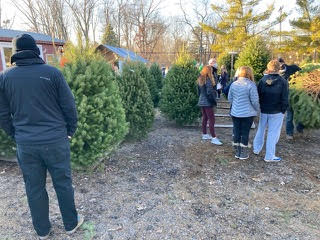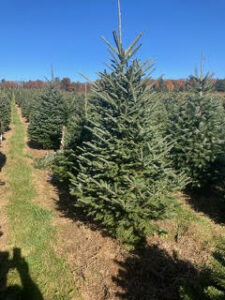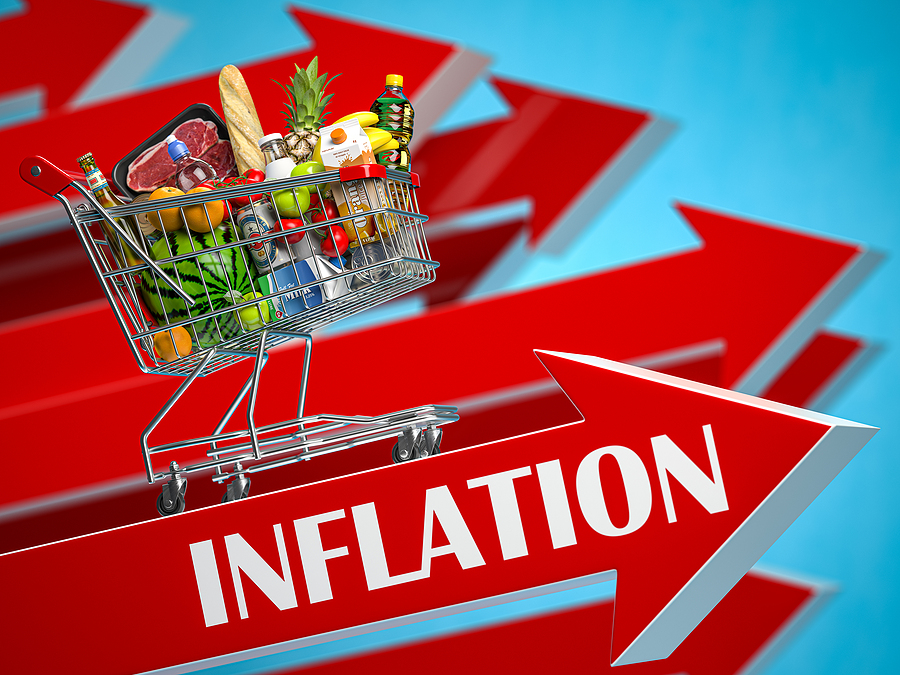Could The Housing Bubble Burst in 2022?

Prices of existing homes are still on the rise. And home prices climbed nearly 19 percent last year, according to the S&P CoreLogic Case-Shiller home price index.
Will that trend continue through this year? It depends on who you ask.
The National Association of Realtors, after surveying a group of industry insiders, predicts an average increase of 5.7 percent for the price of an existing home through 2022, while Goldman Sachs anticipates a 16 percent increase over the same span. Fannie Mae is expecting an 11.2 percent average increase this year with most increases coming in 2023.
But amidst all this, some see signs of a downward trend. Ian Shepherdson, chief economist and founder of research consulting firm Pantheon, notes homes were selling at an annual rate of 6.02 million as of February. He expects that number to drop to a yearly rate of 4.50 percent by year’s end.
However, those on the frontlines of the housing market are not as pessimistic.
Michele Gavaghan, who works out of a REMAX office in Horsham, says the market is still strong, at least for now.
“The one thing I have seen is that to some buyers if they are on the conservative side, it’s almost a market that makes them a little bit more conservative,” she said. “So, it scares them off a little bit. But, for the most part, I’m not seeing that end of the bubble, at least not for the next few months.”

Janique Craig
Janique Craig of Keller Williams in Doylestown has been involved in real estate since 2004. She says the housing market’s strength is simply a case of demand exceeding the supply of available homes.
“It’s not like 2008, which was (due to) the financial crisis,” she said. “It’s a straight-up supply-and-demand problem right now. There’s not enough inventory which is raising prices at record highs right now.”
Delaware Valley Journal asked Craig if increasing mortgage-interest rates impact the housing market.
“If interest rates keep rising, I think that will balance it out because buyers’ purchasing power will lower,” she said. “But, at the end of the day, it’s an inventory problem. I think this is going to keep going until there is more supply out there.
“These are unprecedented times. I’ve never seen it like this … It’s just out of control right now.”
Craig says the Philadelphia suburbs are where people looking to sell a home should be.
“It started with the pandemic,” she said. “I saw a lot of New York and North Jersey buyers coming into our area, which brought a lot of money into our area. Now, I’m seeing more Philadelphia (buyers) in (the market). The suburbs are more stabilized. I don’t foresee a crash anytime soon because of the low inventories.”
Gavagahn raises the possibility that the housing market could slow this fall. What signs would indicate the market is cooling off?
“It might be foot traffic,” she said. “Let’s say if you were to show (your home) and you were looking at this market thinking, ‘Wow, this is a really great market for me. I’m going to put my house up. I’m going to ask on the higher end of what I would normally ask for.’ and then you list it and your foot traffic, your buyers and your showings are not what you thought they would be. And that starts to decline and diminish. Then I would say that’s an indicator where you’re not getting foot traffic.
“And most times, what’s good is when you have showings, you’re going to get pre-approved, qualified buyers, people the bank already said ‘You can afford this place.’
“If you’re not getting those people showing up on your doorstep to see the property, that’s an indicator.”
Craig says rising interest rates could well dictate the future of the housing market.
“That could change the buyer’s purchasing power,” she said,” and the inventory. If more and more inventory comes up, and sellers see they’re going to get the most money for their house right now, and more and more listings come up, it will settle down a bit with more inventory. Hopefully, there is a little more inventory out there for buyers if interest rates go up a little bit.”
Follow us on social media: Twitter: @DV_Journal or Facebook.com/DelawareValleyJournal




